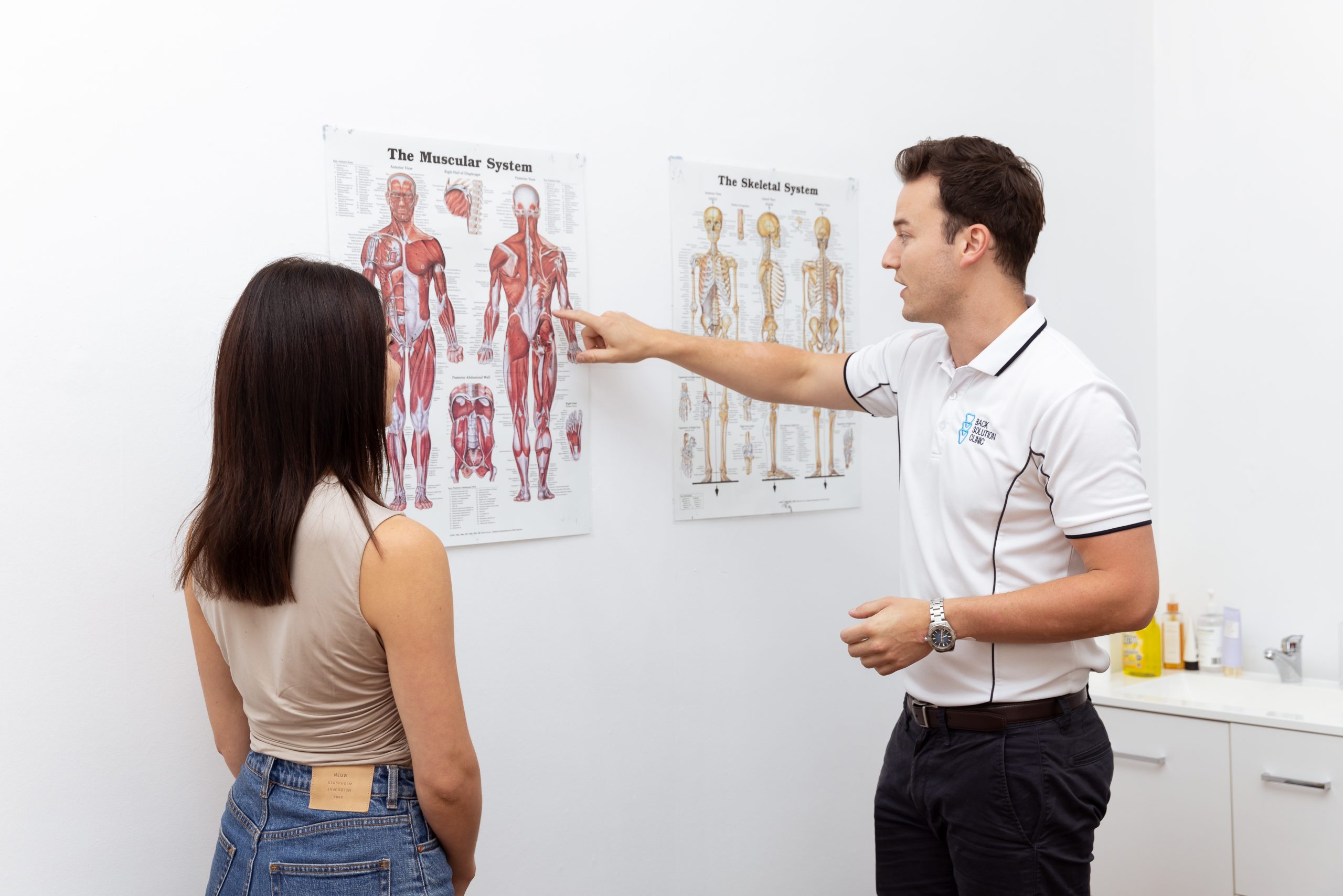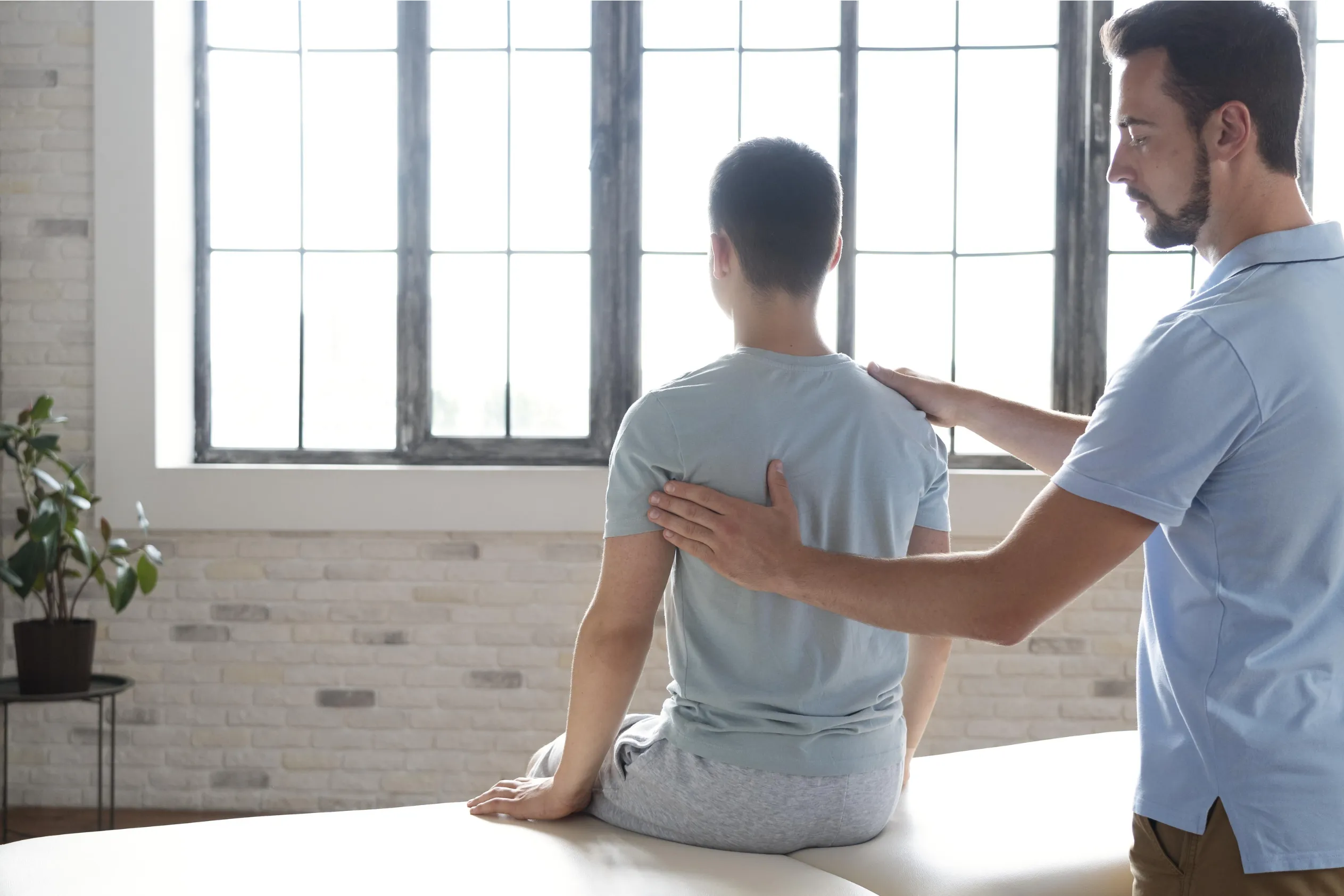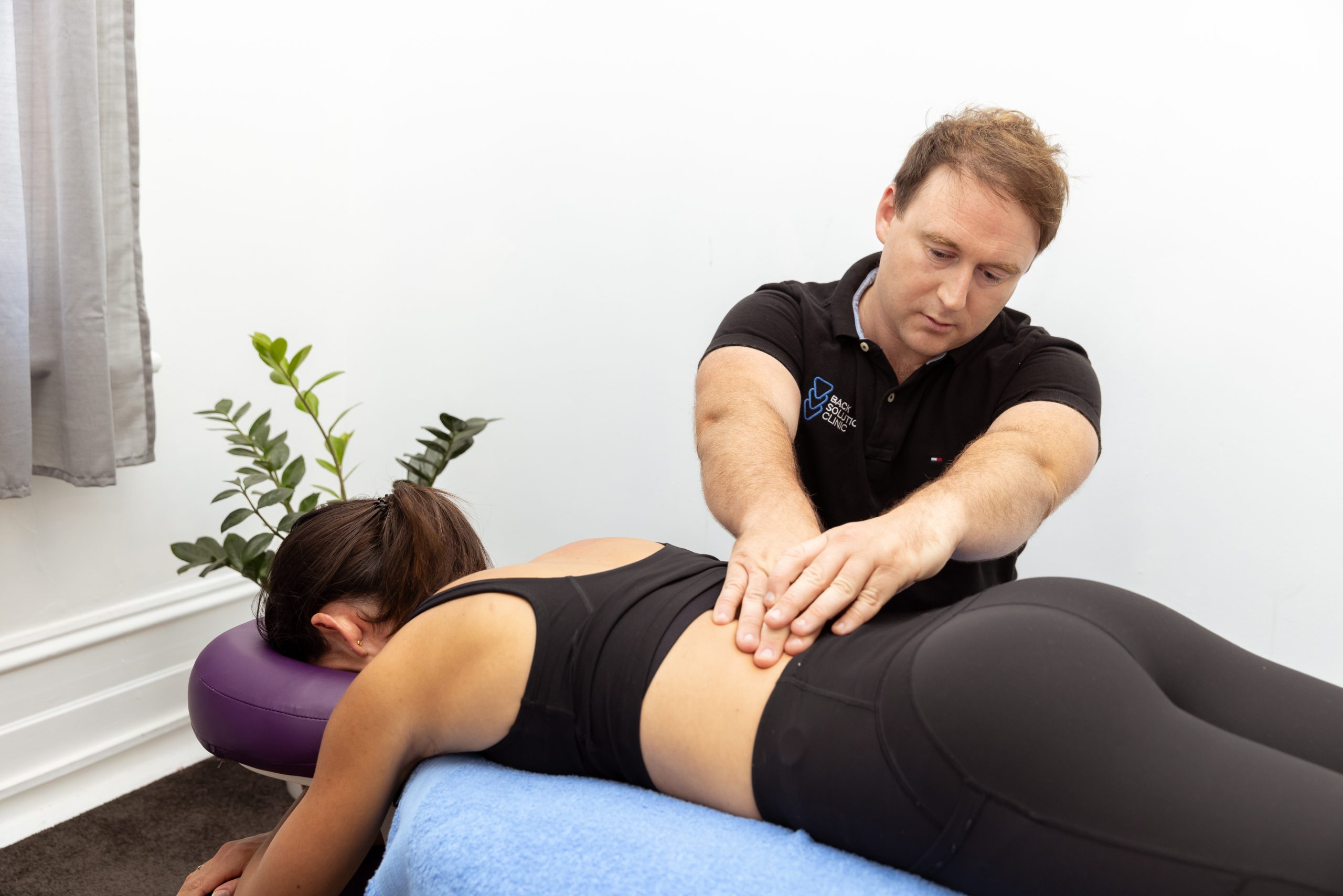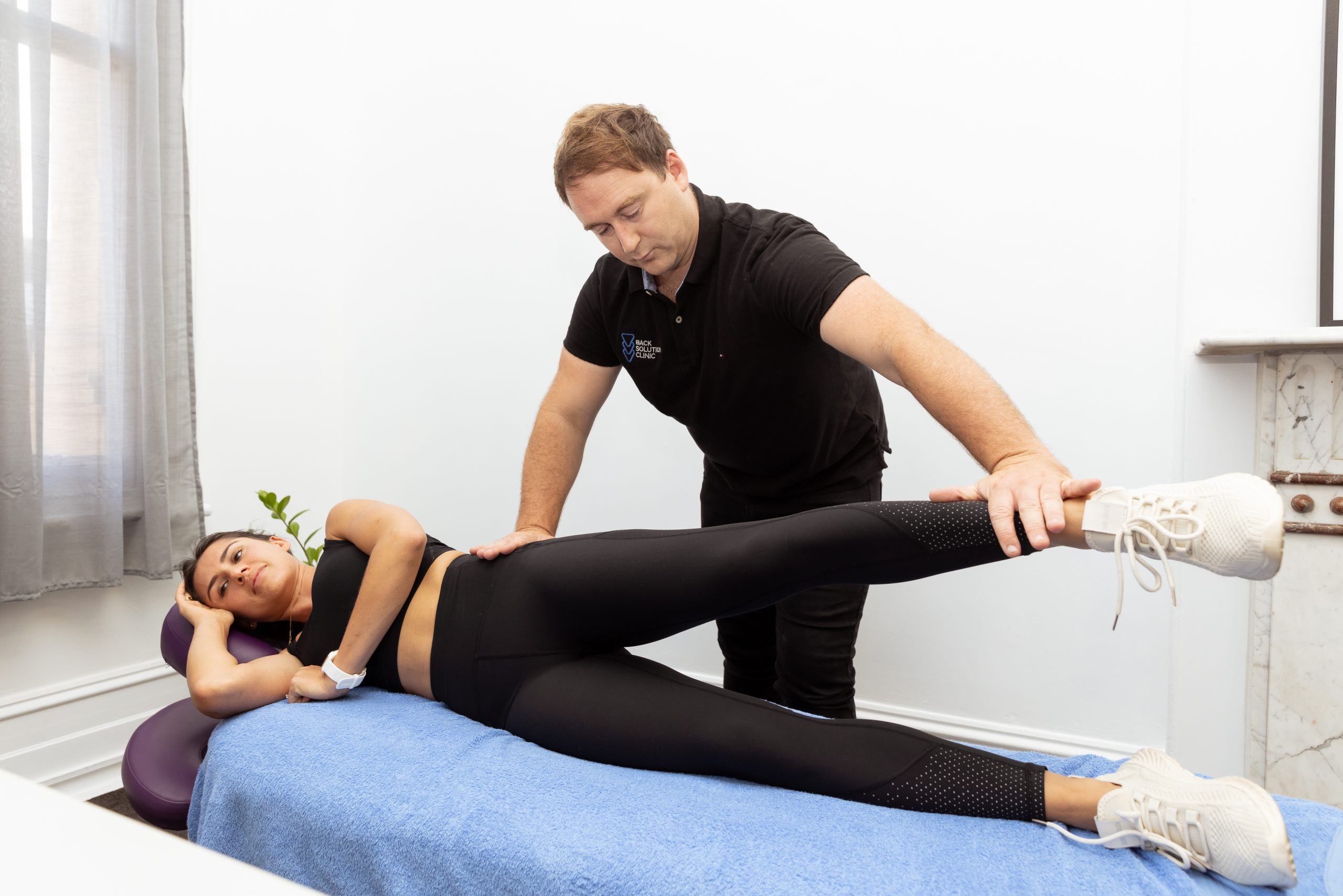Pilates and back pain.
Pilates is a fantastic and relatively passive way to strengthen your core and improve posture.
Many physiotherapists and other health care practitioners swear by pilates as the cure to chronic back pain. In this articles we will address. 1. Why pilates is a common referral pathway for back pain sufferers and 2. Whether pilates is indeed the best exercise based pathway for chronic back pain sufferers.
1. Why pilates is a common referral pathway for back pain sufferers
The most common cause for chronic back pain is muscular weakness and imbalances. The vast majority of sufferers who seek seek treatment only receive limited, short term relief from their pain. Treatment typically focuses on the tight/ restricted joints and muscles of the lower back. However the restriction soon returns after treatment due to the lower back pain sufferer not having the postural strength to support the weight of his/ her body. This results in the lower back carrying much of the load, which quickly compromises the muscles and joints, which in turn creates painful tension.
Pilates is dedicated to improving core strength and postural symmetry, which is one of the reasons why the vast majority of allied practitioners refer their chronic back patients to a pilates instructor. Another reason is due to the passive/ gentle nature of pilates. Most chronic back pain sufferers lack the stability and confidence to carry out exercises that incorporate resistance. Pilates caters well for these patients, due to initially focusing on holding one’s own body weight, then making it more challenging as gains/ improvements are experienced.
2. Is Pilates the best exercise based pathway for chronic back pain.
Our answer is mixed: Some chronic back pain sufferers respond well to pilates, however many do not.
- If you are responding well to pilates then that’s great, stick at it.
However:
- If you are not responding at all (after 3-6 months)
- If you responded well initially, however you improvements have plateaued out.
Then we recommend looking to other exercise based rehabilitation programs dedicated to strengthening your back and the muscles that support it.
Some people do not respond well to passive resistance. Some back pain sufferers, are extremely weak in the major postural muscles that support the back, which results in them distributing weight forward of their midline. In order to address this, the major focus of the exercise program needs to correct the postural/ muscular imbalances.
Exercises that stretch/ elongate the tight dominate muscles of the body whilst simultaneously shorten and strengthen the weakened postural muscles of the body will in time restore neuromuscular symmetry. The focus is to take the excessive load of the back, and get the major postural muscles assisting everyday function and movement.
Functional compound movements are the best at achieving this, however it is absolutely imperative that you commence this rehabilitation approach with a back specialist who can:
- Teach you the correct technique
- Advise when it is safe to increase resistance
- Monitor your form each time the resistance is increased.
Pilates is initially quite difficult to pick up technique wise. Functional compound movements likewise are difficult to pick up, however if you are not responding to pilates, then we strongly recommend that you make this your next approach.
For more information of how to fix your chronic back pain through functional compound movement patterns, please contact us for more information.






